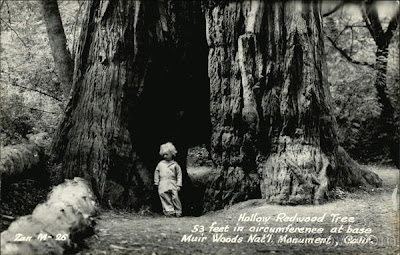[1] John Auwaerter and John F. Sears, “Historic Resource Study for Muir Woods National Monument: Golden Gate National Recreation Area.” Olmsted Center for Landscape preservation, National Park services, Boston, Massachusetts, 2006
[2] National Park Service, U.S. Department of the Interior
<http://www.nps.gov/muwo/hisoryculture/stories.htm>
[4] Redwood Hikes – A guide to old-growth redwood trails, <http://www.redwoodhikes.com>
[5] Scott-Goforth, Grant. “Local state parks likely to remain open; cuts to camping, hours may mean less tourism dollars” The Times – Standard
27 June 2012: < http://www.times-standard.com/localnews/ci_20948363/local-state-parks-likely-remain-open-cuts-camping>















